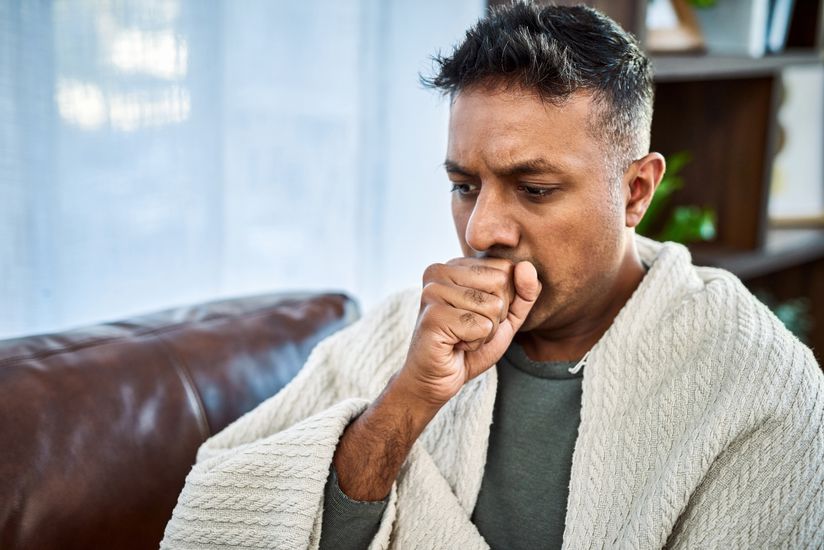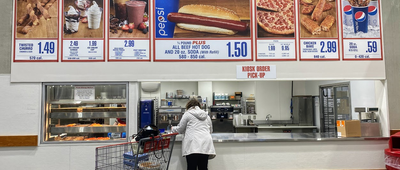COVID-19 Lingo
Like so many other parts of life, how we talk and the words we use have been rapidly and profoundly affected by the pandemic. While some of the words are new, others have been around for a while, but are newly prominent or have revised definitions. Here's a closer look at some of the terms that are part of our expanding vocabulary — including the dreaded "flurona," a mashup of infections that is increasingly worrying doctors.
Related: Meta, Crypto, and Other Words We Learned in 2021
Kris Scott and Jennifer Magid contributed to this story.

















































